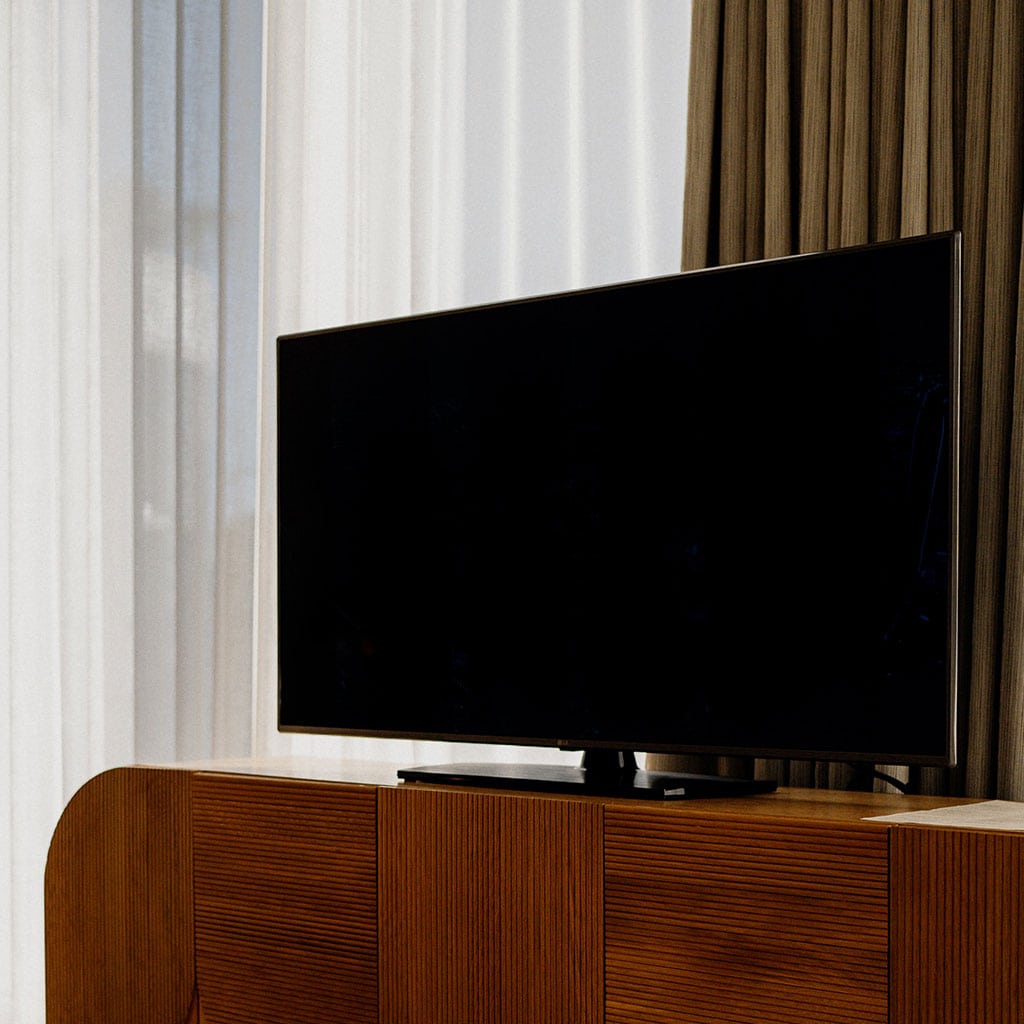Can I screen mirror from MacBook to Samsung TV?
Can I screen mirror from MacBook to Samsung TV?
Explore the methods and steps to effortlessly mirror your MacBook screen to a Samsung TV. Learn about the various techniques and tools available to establish seamless screen mirroring for an enhanced viewing experience.
Is it possible to screen mirror from a MacBook to a Samsung TV?
Yes, it is possible to screen mirror or cast your MacBook’s display to a Samsung TV using various methods, enabling you to share content, presentations, videos, or even extend your MacBook’s desktop onto the larger screen of the TV. Here are several methods to achieve this:
- Using HDMI Cable:
- The most straightforward method involves connecting your MacBook to the Samsung TV using an HDMI cable. Most modern Samsung TVs come with HDMI ports. Simply connect one end of the HDMI cable to your MacBook’s HDMI port (if available) or via a USB-C to HDMI adapter. Then, connect the other end to an available HDMI port on your Samsung TV. Select the corresponding HDMI input source on your TV, and your MacBook’s screen should be mirrored on the Samsung TV.
- AirPlay (for newer Samsung TVs):
- Some Samsung TVs support AirPlay 2, Apple’s wireless streaming protocol. If your Samsung TV is compatible with AirPlay 2, you can mirror your MacBook’s screen wirelessly. Ensure your MacBook and Samsung TV are connected to the same Wi-Fi network. On your MacBook, click on the AirPlay icon located in the menu bar and select your Samsung TV. This should initiate screen mirroring to your Samsung TV.
- Third-Party Applications:
- There are third-party applications available for download on both the MacBook and Samsung TV that facilitate screen mirroring. Apps like “AirBeamTV” or “JustStream” offer screen mirroring solutions, allowing you to cast your MacBook’s screen to your Samsung TV wirelessly via Wi-Fi. These applications typically require installation on both devices and may come with free or paid versions, each with its limitations or additional features.
- Chromecast (for Samsung TVs with built-in Chromecast):
- If your Samsung TV has Chromecast functionality built-in, you can use Google Chrome’s “Cast” feature on your MacBook. Open Google Chrome, click on the three-dot menu, select “Cast,” and choose your Samsung TV from the list of available devices to mirror your MacBook’s screen.
Each method has its advantages and requirements. Using an HDMI cable is reliable but requires physical connectivity. AirPlay and third-party apps offer wireless options but might have limitations or require specific TV compatibility. Before attempting any method, ensure your MacBook and Samsung TV are compatible with the chosen solution and follow the respective setup instructions for optimal screen mirroring.
How good is screen mirroring in terms of resolution, latency, and stability with different connection methods?
The quality of screen mirroring from a MacBook to a Samsung TV can vary based on the connection method utilized, impacting resolution, latency, and overall stability during the mirroring process. When using different connection methods such as AirPlay, HDMI, or third-party applications, the quality of screen mirroring can be affected by several factors.
For instance, wireless methods like AirPlay or third-party apps may offer convenience but can sometimes experience variations in resolution and latency due to the data transfer over Wi-Fi networks. The resolution of the mirrored display might be slightly lower than the native resolution of the MacBook screen, resulting in a subtle reduction in image sharpness when viewed on the Samsung TV. Additionally, depending on the AirPlay settings or the capabilities of the streaming device, there might be a brief latency or delay between actions on the laptop screen and their appearance on the TV, impacting real-time interactions, particularly noticeable when streaming videos or playing games. Furthermore, stability might fluctuate due to interference or connectivity issues, occasionally causing interruptions or a temporarily blank screen during the mirroring process, especially when dealing with large file transfers or high-resolution content.
In contrast, wired connections like HDMI typically offer higher stability and consistent resolution. HDMI connections directly mirror the laptop screen onto the TV without compromising resolution, resulting in a high-quality display on the Samsung TV. Latency is usually minimal, providing a more responsive experience, particularly beneficial for tasks that demand real-time interactions or video playback. However, the limitations of a wired connection restrict the mobility of the laptop, as it needs to remain physically connected to the TV through the HDMI cable or adapter. Overall, the choice of connection method may impact the quality of screen mirroring, and users may need to weigh the trade-offs between convenience and stability when selecting the most suitable method for their needs and the capabilities of their compatible devices.
Conclusion
In conclusion, users can screen mirror from a MacBook to a Samsung TV using various connection methods, such as AirPlay, HDMI cables, and third-party applications. The quality of screen mirroring can vary depending on the connection method used, including resolution, latency, and stability. Before attempting to mirror their laptop’s display onto a Samsung TV, users should ensure their devices are compatible and follow the relevant setup instructions for optimal results.





You must be logged in to post a comment.